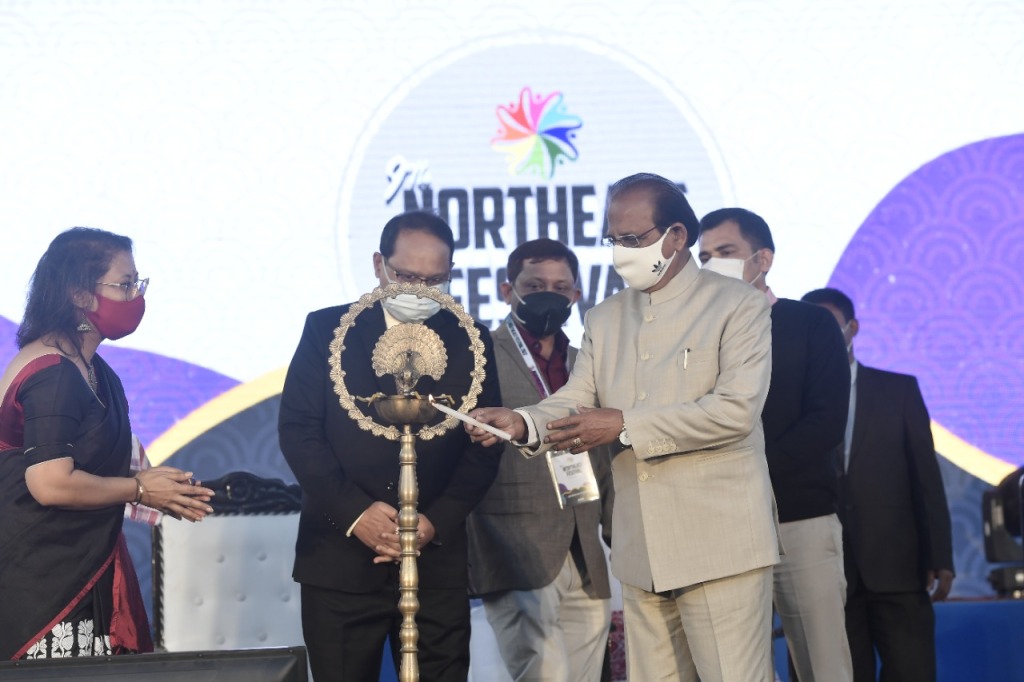(Guwahati, Jan 7, 2022) The Northeast is making giant strides towards development under the leadership of Prime Minister Narendra Modi and tourism will be a key driver of the region with connectivity and the security situation improving considerably, Assam Governor Jagdish Mukhi said on Friday.
Speaking after inaugurating the 9th North East Festival here, he said the region is blessed with enormous tourism resources such as snow-capped mountains, wildlife, cultural diversity and a pollution-free environment.
Mukhi hoped that the pandemic will end soon and the Northeast will become the most attractive destination for investment and tourism in the coming days.
“I am happy to see that various government organisations are coming forward including North East Zone Cultural Centre (NEZCC) to promote culture and potential of the region through the North East Festival,” he said.
He lauded the organisers of the festival for focusing on tourism through networking of tour operators.
“A series of discussions on investments, start-ups, tourism development, river connectivity, agri-market linkages are being organised. This is in sync with Make in Northeast, Start-Up Northeast vision of the prime minister for a vibrant Northeast,” Mukhi said.
“Cuisines of Northeast are very popular and can be a real source of tourism. Weavers and artisans of the region have great talent in terms of quality textile designs and the North East Festival has rightly focused on promoting the designers and weavers of the region,” he said.
Agriculture is the backbone of the Northeast and the process of marketing linkage to agri products is very essential for farmers, the governor said.
“The government of India is focusing extensively on creating backend infrastructure and marketing support to agri and food processing products of the Northeast,” he added.
The three-day festival is being held at a hotel here following the COVID-19 protocols and only double-vaccinated people are being allowed to participate.
The festival, originally scheduled to be held in New Delhi but shifted here due to rising COVID-19 cases in the national capital, is being organised with minimum human presence and broadcast across the world through digital platforms.
In his welcome address, festival organiser Shyamkanu Mahanta said the event is about connecting people and celebrating life, and aims to focus on the cultural diversity and ethnicity of the Northeastern states in a grander way.
“This time we have an interesting array of discussions and sessions on pertinent issues of the Northeastern states. There will be seminars, B2B meets, exhibitions of handloom, handicraft and organic agri horti products, food and cuisines, startup culture, tourism attractions and many more,” he said.
Nani Gopal Mahanta, Adviser to Assam’s Education Department, in his speech described how the Northeast has emerged as one of the most integrated zones of the country after facing neglect for decades.
He also recited the famous poem Axomiya Dekar Ukti of Assam’s literary and cultural great Jyotiprasad Agarwala to describe the multi-diversity of the Northeast.
